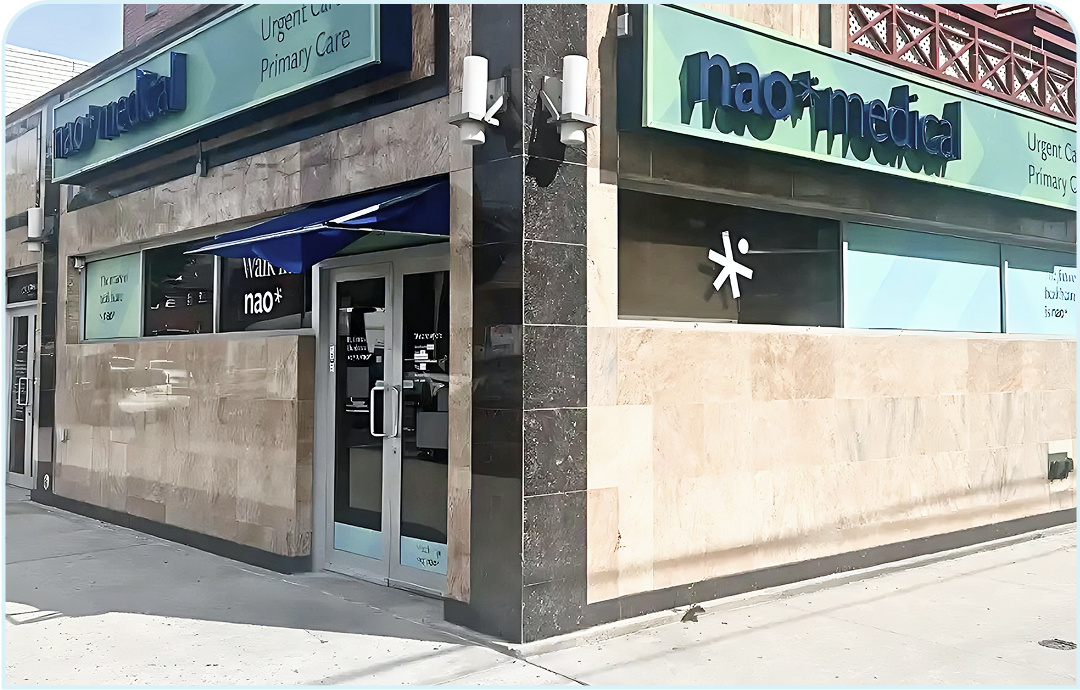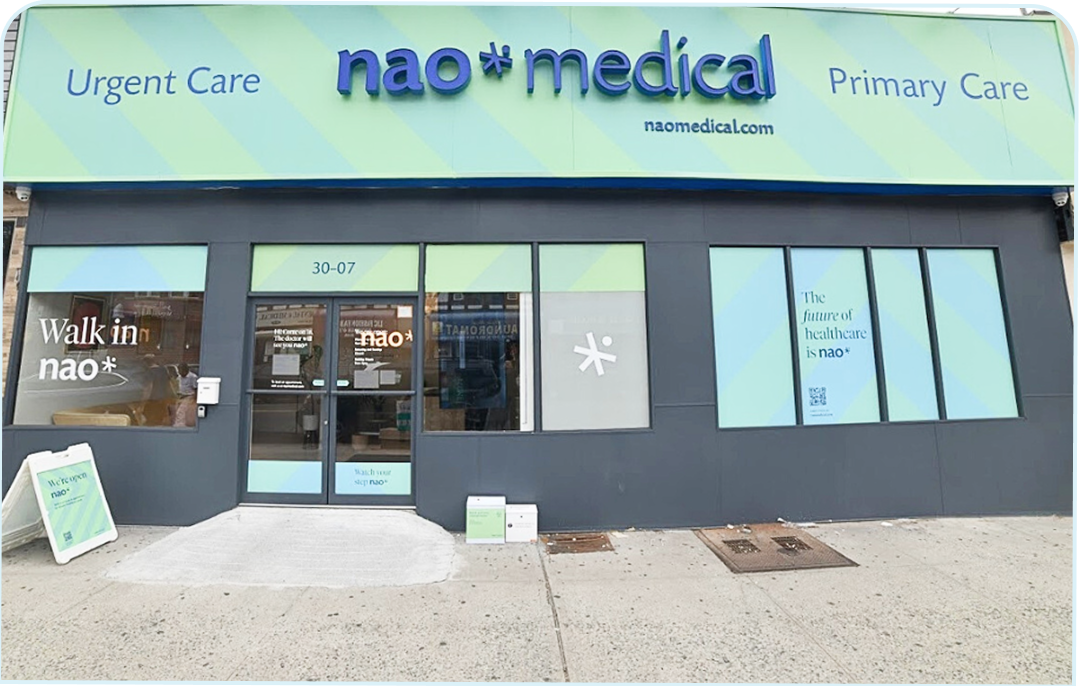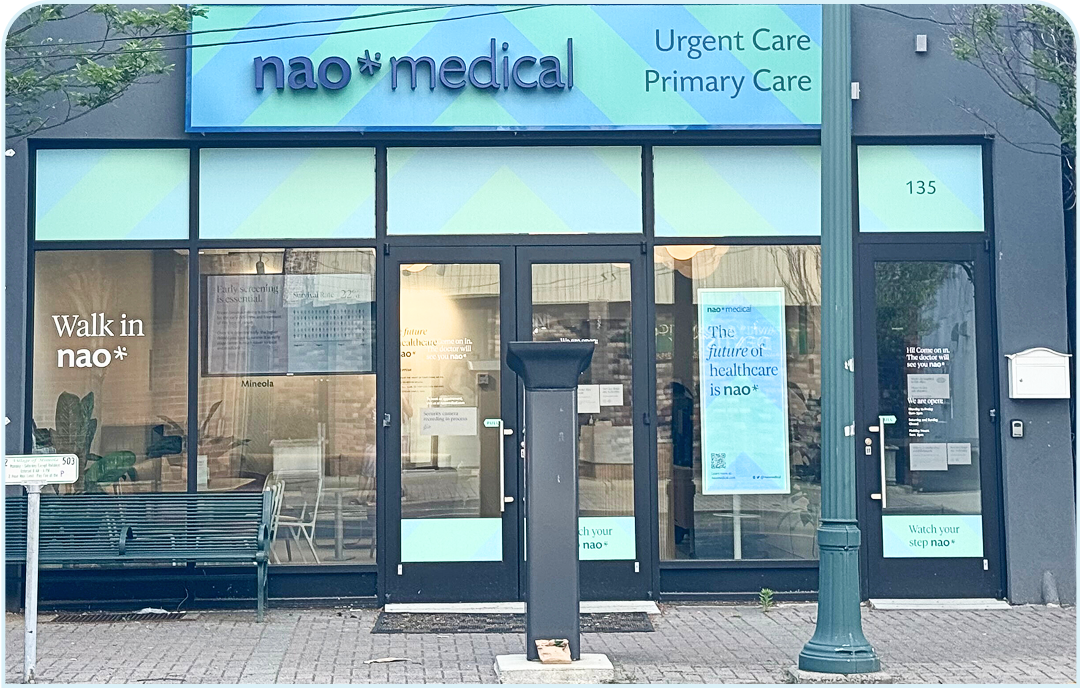Poliomyelitis, commonly known as polio, is a highly contagious viral disease that can cause paralysis. The virus can spread through contact with the saliva or mucus of an infected person, or through contaminated food or water. No cure exists for the symptoms of polio. Before the advent of the polio vaccine, it was a global health problem.
History of Polio and the Polio Vaccine
The history of polio can be divided into three major phases:
- The endemic phase from antiquity to the nineteenth century: The disease was relatively rare and did not cause as many paralytic cases.
- The epidemic phase until the mid-20th century: Large-scale outbreaks spread worldwide
- The change in poliomyelitis from being a relatively rare disease in its endemic phase to accounting for large-scale outbreaks in its epidemic phase is attributed to several factors:
Better sanitation practices increased susceptibility to polio. In pre-sanitation times, there was childhood exposure to the polio virus. Infants protected by maternal antibodies to the virus had a mild infection followed by lifelong immunity. With improved sanitation, exposure to the virus was delayed until later in life, when there were no antibodies and the disease progressed to paralytic polio.
Urbanization wherein large groups of people live in close proximity increased the potential for a contagious disease like polio to spread rapidly among non-immune individuals.
At the same time, Advancements in transportation allowed for greater mobility. As people traveled, polio spread to areas where it did not exist.
The vaccine phase from 1955 onwards when the vaccine was introduced: Polio vaccines were effective in reducing prevalence of polio in developed nations, eliminating their polio cases entirely by 1960s and 1970s. Recently developing and under-developed countries globally have started to see a decline in cases.
Notable figures, including Franklin D. Roosevelt, were affected by the disease. Instruments like the Iron Lung became essential in the treatment and care of those paralyzed by the virus, emphasizing the urgent need for preventive measures.
Polio was once a major cause of paralysis and death in children, but thanks to the vaccine, it has been largely eradicated from the world. The polio vaccine’s development occurred at a time of significant scientific advancements.
Jonas Salk’s introduction of the Inactivated Polio Vaccine and Albert Sabin’s development of the Oral Polio Vaccine have helped in the WHO’s worldwide fight against polio.
Global Polio Eradication Initiative
The Global Polio Eradication Initiative has been instrumental in restricting the spread of polio. Through an international collaboration, this initiative drastically reduced the number of global polio cases and we are very close to a total eradication of polio in humans.
Herd immunity is critical in the fight against polio infections. When a significant portion of a community is immunized, the spread of the virus becomes limited, providing indirect protection to those who may not have been vaccinated.
In 1988, there were an estimated 350,000 cases of polio worldwide. By 2022, that number had dropped to just 2 cases, both in Afghanistan and Pakistan. Polio continues to remain a health concern in regions like Afghanistan and Pakistan.
Socio-political challenges, combined with conflict zones and vaccine misinformation, are challenges to eradication efforts. Moreover, limited vaccine access in certain areas further complicates the path to eradication.
The financial cost of vaccination is another economic challenge in polio eradication in developing and under-developed nations. The cost is a barrier to widespread distribution and access to polio vaccinations. In all these countries, there is a need for initiatives that subsidize or provide vaccines at no cost to the recipient.
The polio vaccine is a safe and effective way to protect against polio. It is given as an injection in the arm or leg. The vaccine is usually given in a series of 4 doses, with the first dose given at 2 months of age.
There are two types of polio vaccines:
- Inactivated polio vaccine (IPV): This vaccine contains killed poliovirus, which cannot cause polio. IPV is the only type of polio vaccine that is used in the United States.
- Oral polio vaccine (OPV): This vaccine contains weakened live poliovirus. OPV is used in some countries, but it is not used in the United States because it can cause vaccine-derived polio (VDPV).
VDPV is a rare but serious complication of the OPV vaccine. VDPV can spread from person to person, and it can cause paralysis. For this reason, the World Health Organization (WHO) recommends that countries switch from OPV to IPV.
Here are the brand names of polio vaccines in use in the United States:
Inactivated polio vaccine (IPV):
- IPOL
- IPV
Oral polio vaccine (OPV):
- Sabin
Here is a table comparing the two types of polio vaccines:
| Feature | IPV | OPV |
| Type | Inactivated | Live attenuated |
| Route of administration | Injection | Oral drops |
| Number of doses | 4 | 3-4 |
| Effectiveness | >99% | >90% |
| Safety | Very safe | Rare cases of vaccine-associated paralytic polio (VAPP) |
| Use in the United States | Yes | No |
The polio vaccine is very effective at preventing polio. After 4 doses of the vaccine, more than 99% of people are protected from the disease.
The vaccine is an essential tool for protecting children from polio. It is one of the most successful vaccines ever developed, and it has helped to save millions of lives.
The overarching goal is a complete eradication of poliomyelitis in humans. Since the total number of polio cases is significantly reduced, efforts now focus on addressing the final challenges in eradication and at the same time ensuring the disease does not resurface.
As you can see, the IPV vaccine is the only type that is used in the United States. The OPV vaccine is not used in the United States because it can cause a rare but serious complication called vaccine-associated paralytic polio (VAPP).
VAPP occurs when the live poliovirus in the OPV vaccine mutates and becomes able to cause paralysis. The risk of VAPP is very low, but it is still a risk.
Beyond the Vaccine-Associated Paralytic Polio associated with the Oral Polio Vaccine, there may be other side effects or complications linked to these vaccines. A thorough review and presentation of these potential issues ensure recipients are well-informed before vaccination.
The IPV vaccine is a safe and effective way to protect against polio. It is the preferred vaccine in the United States and in many other countries.
Here are some additional details about the two types of polio vaccines:
- Inactivated polio vaccine (IPV): The IPV vaccine contains killed poliovirus. It is given as an injection in the arm or leg. The vaccine is usually given in a series of 4 doses, with the first dose given at 2 months of age.
- Oral polio vaccine (OPV): The OPV vaccine contains weakened live poliovirus. It is given as oral drops. The vaccine is usually given in a series of 3 doses, with the first dose given at 6 weeks of age.
The IPV vaccine is more effective than the OPV vaccine at preventing polio. However, the OPV vaccine is more effective at preventing the spread of polio in the community.
The decision of which vaccine to use is made by a doctor or other healthcare provider. The decision will be based on the child’s age, health history, and other factors.







 (917) 310-3371
(917) 310-3371











